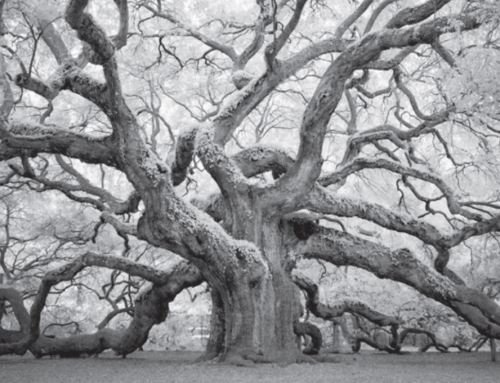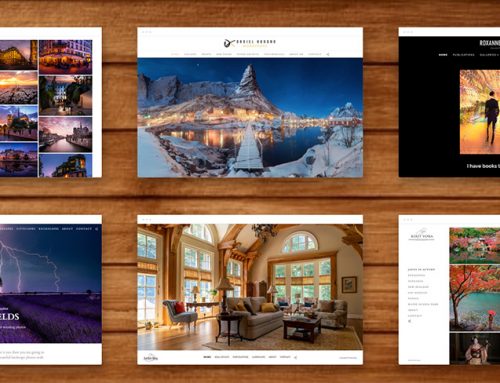I’ve been shooting people and events in low light for so long its just become automatic now; I can shoot without actively trouble-shooting problems because I just know what to do. This made me think about the little things experienced shooters do without actively thinking about them that might not get written about very often because a lot of them are really really simple.
I’m in St. Louis Missouri visiting family right now and managed to get 15 of my closest friends together at a really cool bar/restaurant called Basso. The venue is really beautiful and directly underneath this old school German-architecture-looking hotel called the Cheshire. Quite literally it is underground and has very little available light to shoot in. This greats a really cool ambiance.
Quick note I should have realized much earlier when shooting: when people refer to ‘ambient light’ they are referring to whatever light is present without the use of a flash. This is also referred to as ‘available light’. No idea how I didn’t put two and two together that ‘ambient light’ = ‘ambiance’. See the coorelation there? Yeah, can’t believe it took me years to put that together. Moving on….
Killing motion blur without flash: the setup.
I brought my 430EX II flash/speedlight which was sitting on the hotshoe but I really didn’t want to use it. Most of the time using a flash when there is very little available light ruins the ambiance of the venue. This is my big gripe when people leave their cameras on Automatic. If it gets slightly dark the camera tells the flash to pop up which makes the image look flat and kills the ambiance. My friends were moving around quite a bit talking. I knew right away that unless I had a fast shutter speed people would be blurry from moving around.
There are a few ways to do this. In casual events like this I’m typically shooting in Aperture mode. This is “A” on the Nikon Dial and “AV” on the Canon dial. For more in depth on how and when to change the aperture while your shooting check out my previous post: https://hackingphotography.com/what-is-aperture-part-2/#more-170. In this case I needed to squeeze out the most light as I could out of my lens. This is when its worth the money to get a lens with a small F-Number. The smaller the F-Number, the bigger the hole in the back of the lens which lets more light in. I was shooting my Canon 24-70mm f/2.8 which is decent but still not awesome for as dark as this place was. Considering I couldn’t bump my aperture up any more I only had one choice to get a faster shutter speed: increase the ISO. ISO makes the sensor more sensitive to light. Think of it like putting on tanning oil when laying out in the sun, the more you put on the more light gets soaked up.
1/50 = no mo’ motion blur
I always try to aim for a shutter speed of 1/50 or faster when shooting people in a casual environment. This shutter speed typically gets them frozen in motion and ensures I don’t blur the photo from moving the camera while the shutter is open. I could very well have used a 1 second shutter speed and a bigger F-number/smaller aperture, but I can’t hold a camera perfectly still in my hands that long without it moving and creating blur. In Aperture mode, with my F-Number at 2.8, as I increased my ISO my shutters speed increased. I just bumped up the ISO until my shutter speed was 1/50 to start shooting. This enabled me to capture people in the cool ambient light the restaurant provided while eliminating motion blur.

I used a high ISO and big aperture/small f-number to increase shutter speed and kill any motion blur
Watch the noise high ISO creates
Here is one consideration: the higher the ISO, the more ‘noise’ you get in your photo. Noise almost looks like grain on film, it’s kind of a texture thats not always all that welcome. I just transitioned from a Nikon d700 to a Canon 6D because it did so well in low light and amazing in high ISO with very little grain. In the example above I was shooting at ISO 10,000 which is crazy-high! I never used to shoot over ISO 2500 on my Nikon D700 because the grain used to get fairly noticable. The 5 year difference between when my d700 came out and when the 6D was released is pretty amazing in regards to the cameras ability to process high ISO’s and limit noise. If you are shooting a lower end camera that doesn’t perform as well with crazy-high ISO’s then the best thing you can do when shooting in low light is to buy a really fast lens with a really small F-Number. The best bang for your buck now matter what you shoot is to buy at 50mm f/1.8 lens. You can buy these things new for $125 on Amazon, or do what I do and buy them used on Craigslist for $90. Best money you can spend. The difference from my f/2.8 lens and a f/1.8 lens means I would have been able to shoot at over half the ISO that I did. This means photos would have come out with lens noise.
Killing motion blur – quick review
In review: to kill motion blur in a dark area use the biggest aperture/smallest F-Number you can, then bump up your ISO until you get the shutter speed you want – try for around 1/50 seconds. I’d love to see what you come up with! If you found this helpful please drop a comment below and link out to your photo, I’d love to see it!
-Mike






great article on motion blur
i have been struggling to get good photos in low light
i have recently got myself a nifty fifty so will be trying out some low light shots and hope i can capture the ambiance of the rooms
Thanks Tam, I’m happy to help! The nifty fifty is such a great and inexpensive lens. Happy shooting!
The nifty fifty is one of the best lenses in history – hands down! It will definitely help with shooting in available light.
I often decide to shoot black and white in low light, when ISO has to go up too much and noise become visible. In b&w noise looks more like a cool grain.
Good point Andreas! I like having you comment on the blog my friend!